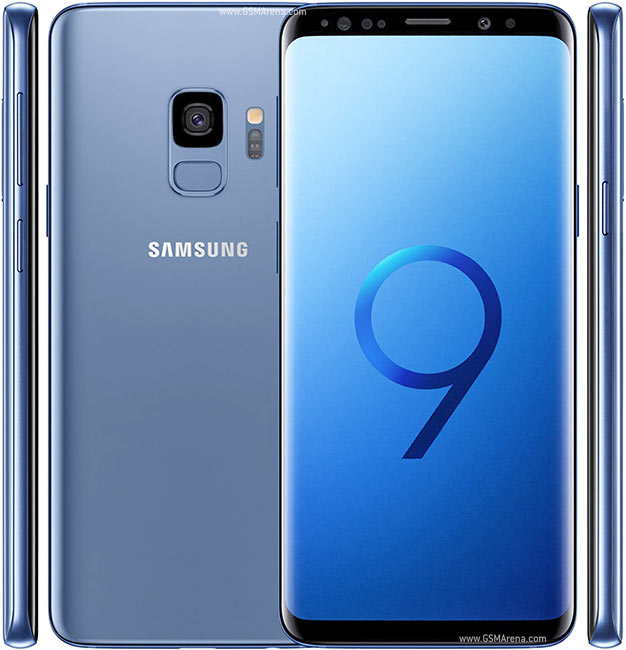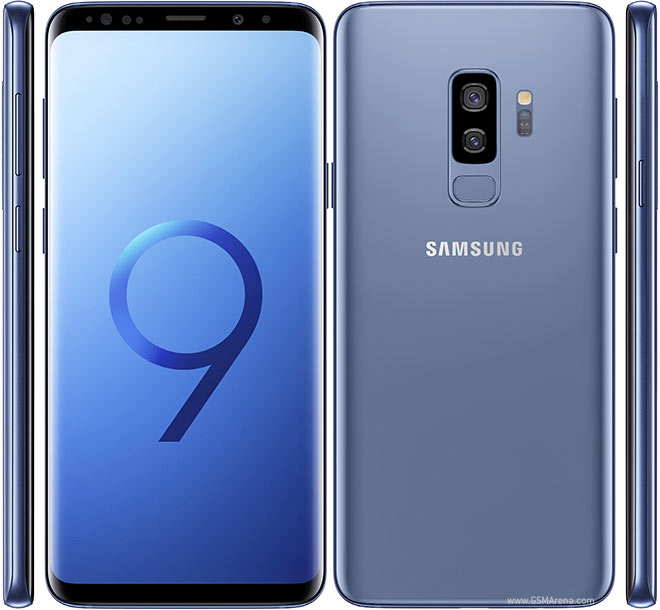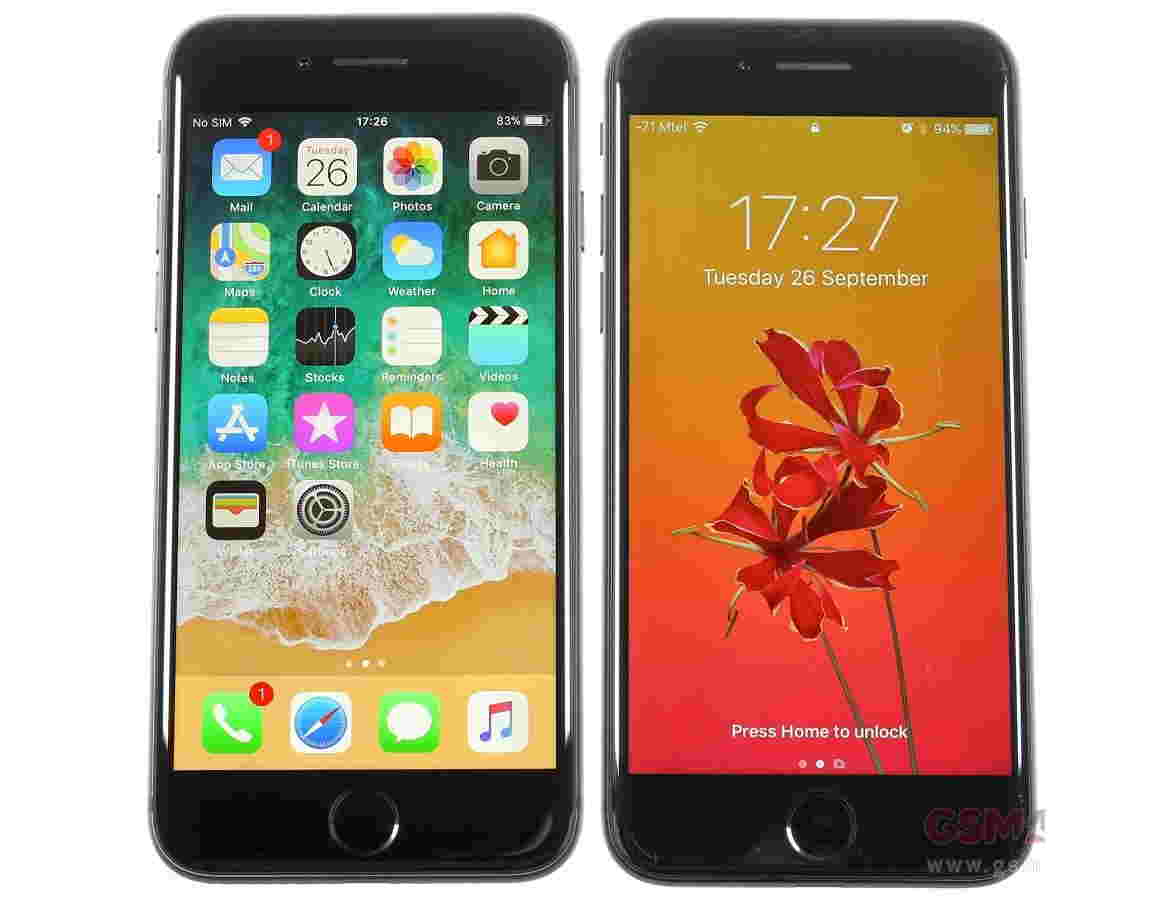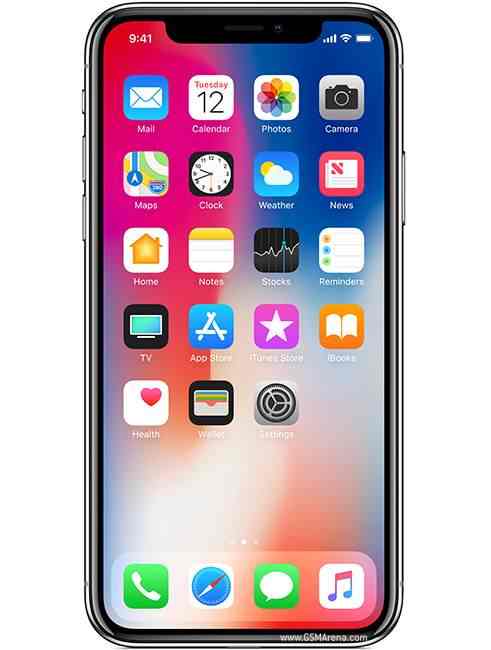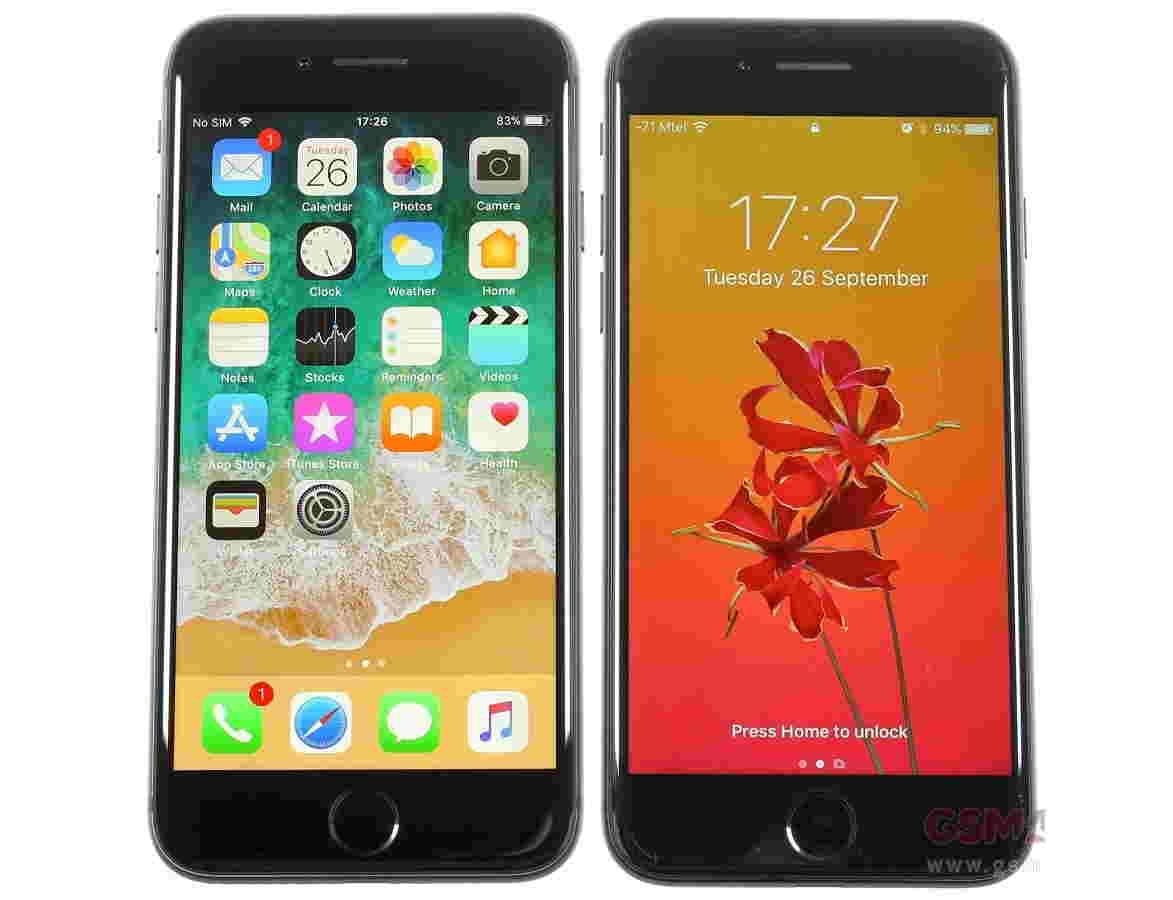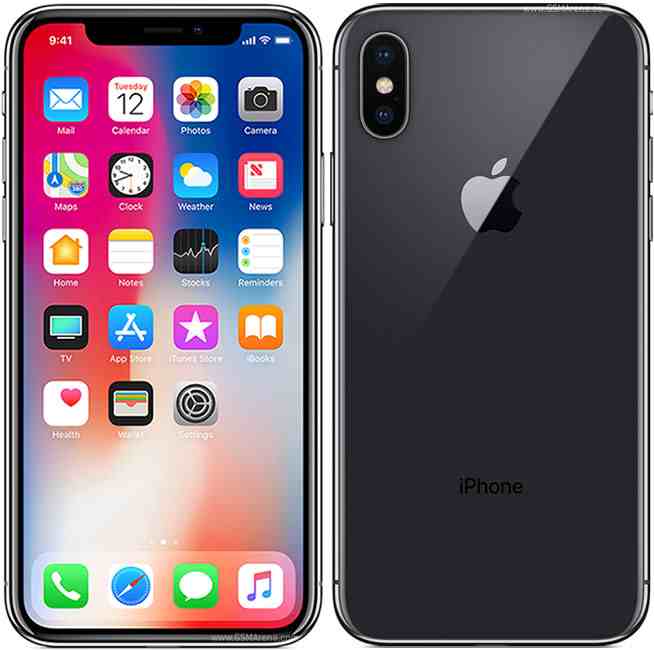Update 14 January: Google's second Project Ara is being held right now. Hit play above to see what's being discussed.
You may have heard the term 'modular smartphone' bandied around but what does that mean and what is Project Ara? We explain what you need to know about Google's modular smartphone. Read:The 24 best smartphones: The best phone you can buy in 2014
Smartphones including the Samsung Galaxy S5, iPhone 5s,HTC One M8 are great but wouldn't it be cool if you could swap individual bits such as the camera for a better one if you want to? Here we explain how Google Project Ara could enable exactly that, and how it could flip the industry on its head.
What is Project Ara: What's a modular smartphone?

A modular smartphone in it's simplest form is a handset which can be easily upgraded by swapping individual components, or modules, in a plug and play style. It can be likened to upgrading a PC with a new motherboard, CPU or graphics card – out with the old, in with the new one component at a time.
It's a bit like Lego. You start with a bare-bones shell then add a processor, memory, battery, camera and other modules to create a smartphone that's perfect for you.
It could be the only phone you need to buy because every time an updated part is available, such as a new camera, you can buy that individual part rather than an entirely new device. It could also be possible to opt for a larger battery instead of a better camera, for example.
Project Ara is being developed by Advanced Technologies and Products (ATAP), but there are others such as Phonebloks (below).
In the case of Project Ara, the modules slide in from the side and are held in place by magnets. Instead of using unreliable contacts, the device will use wireless 'capacitive interconnects'. There are three different sizes of module: small square, big square and rectangle.

Project Ara: Release date and price
At its first Project Ara developer conference, Google confirmed that it aims to release the device in January 2015. The base piece, called the 'gray phone' is set to be priced at $50. Of course, the individual modules will vary in price.
“It’s called the Gray Phone because it’s meant to be drab gray to get people to customize it,” said Project Ara's Paul Eremenko.
Google began shipping Ara development boards to developers in July.
You can follow the action in its latest developer conference for Ara live at the top of this article.

Project Ara: Challenges
You might be drooling onto your keyboard at the thought of a device like this but there are some downsides and plenty of hurdles. The way a modular smartphone works, means that it's going to be bigger and heavier than current smartphones.
By the time you buy the gray phone and all the modules you want, it's likely to end up being more expensive than an equivalent pre-made smartphone. Even with clever techniques, it's possible there will be connection issues between the modules.
Then there's the fact that not all module combinations will provide a good experience. For example, a low power processor isn't going to cope well with running a higher resolution screen or top-end camera.
Currently, a smartphone's software is optimised (or should be) to the hardware on which it runs. This is a little different when your components can be completely different to the next persons's.
In some ways these problems already exist with Android smartphones and even little things such as the use of different Bluetooth chipsets means third-party products work with only certain handsets.
Plus, there's no guarantee that there will ever be new components released. In the past we've seen laptops with interchangeable graphics cards, yet despite promises to the contrary, no upgrades were ever launched leaving users disappointed.
There are a lot of potential problems with modular smartphones like Project Ara but if they can be ironed out, then these device could cause a storm in the industry and could become the new norm – Build-a-Bear but with smartphones.
Let us know what you think below and if you have any further questions which you want answered on the subject.




